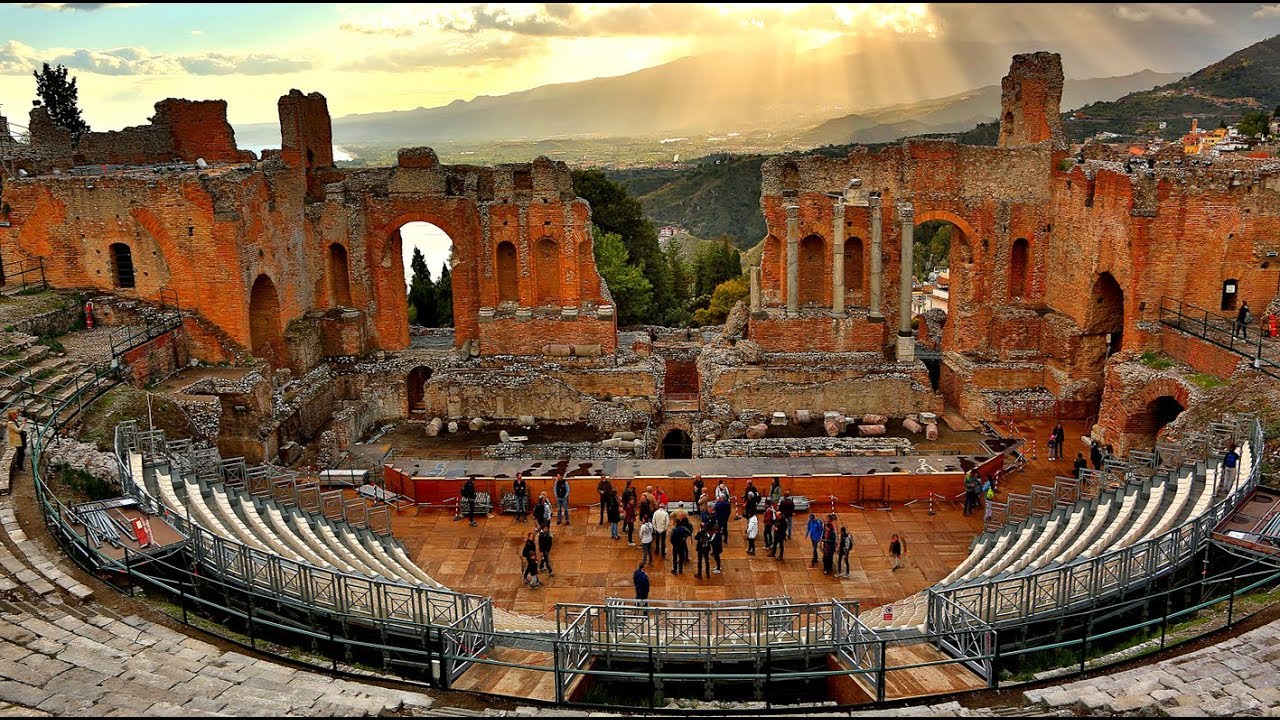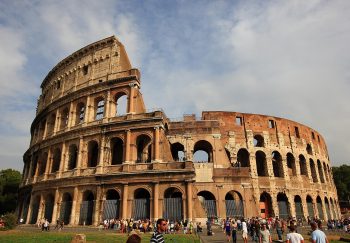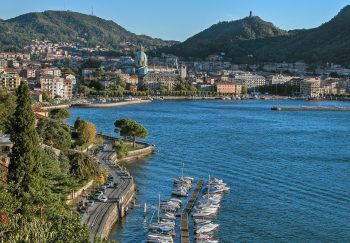The most interesting historical monument in the “pearl” of the Ionian Sea is the Greek Theatre of Taormina. It is a popular tourist attraction. Johann Wolfgang Goethe wrote about it in his “Journey To Italy”: “No theater audience has ever seen such a sight in the front.”
The greek-Roman theater can be divided into three sections: the scene; the orchestra; and the auditorium. The auditorium is directly in front of the stage. This is where the actors performed. Experts believe that this area was decorated with two rows each of columns. Three large arched openings are located at a symmetrical distance from one another. Six niches are also found on either side of the central arch.
There are remains of six columns bases and four Corinthian column bases that were raised after 1860 on the stage.
A staircase leads to the cavea, which is usually occupied by spectators. It starts at the bottom and climbs up. The lowest level in the theatre is the orchestra. This area was designed for musicians who perform during performances.
It was dug in the Mount Tauro hard rock, in the 3rd century BC. It could hold thousands of spectators.
It is well-known that the Greek architects built their most important buildings as though Nature could be part them. Therefore, the natural scenery was integrated into the theatre’s architecture. The coloumns allowed light and air to pass through, so even natural scenery was integrated into the theatre architecture.
This theatre design could also allow for perfect listening from any part of the auditorium.
The theatre was used for gladiatorial games during the late imperial period. It fell into disuse after the fall of western empire. The monumental columns were also removed from the marbles. After the war ended, parts of the original construction were restored.












